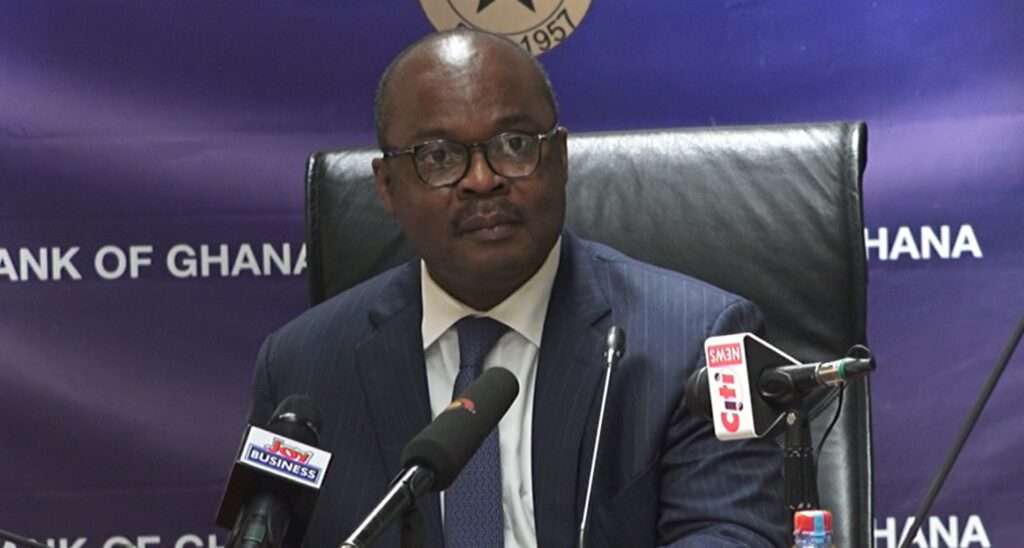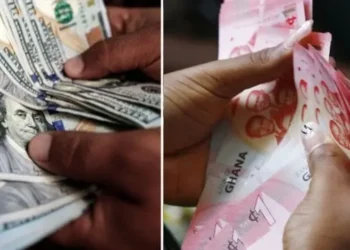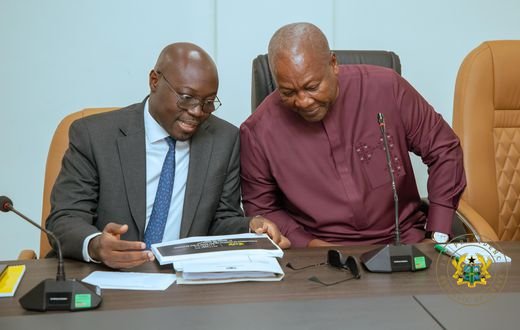Domestic revenue mobilization continues its unstable path with so much inconsistencies over the years despite efforts to raise it in order to limit the reliance on external financing.
In 2020, domestic revenue mobilization as a percentage of Gross Domestic Product (GDP) declined to 14.1 percent, the lowest recorded since 2015.
With an average of 15 percent over the past 6 years, domestic revenues remain low, very much below;ideal levels which does not befit the status of Ghana as lower middle income country.
Ghana continues to rely heavily on taxes to raise its revenue, which even though not bad, is worrying;looking at the percentage of revenues raised through taxes. Businesses and individuals have consistently complained of the tax burden, which they believe, is crippling;businesses and also reducing the purchasing power of consumers.

For instance, in 2020, the government mobilized a total of GH¢44.5 billion through taxes, representing 80.6% of Total;Receipts, according to the 2020 Annual Report & Financial Statements of the Bank of Ghana. As of End-July 2021, domestic revenues as a percentage of the country’s GDP stood at 7.7 percent whilst tax;revenues accounted for 6.4 percent.
Non-Tax Revenues
It is worrying to note that the country has not been able to exploit the several non-tax;avenues it has to improve its domestic resources. According to the Bank of Ghana, Non-Tax Revenues amounted to GH¢9.5 billion, accounting;for only 17.1% of Total Receipts in 2020. The contribution of Grants has also been minimal as it brought in;GH¢1.2 billion last year, representing 2.2% of Total Receipts.
In 2021, the trend seems to continue despite several initiatives by the government and the Ghana Revenue Authority to turn the tables. In the first seven months of this year, Ghana recorded a cash fiscal deficit of 6.1 percent of GDP, against the target of 5.7 percent of GDP. The Bank of Ghana said “this was due to higher revenue shortfalls”. Between January and July 2021, total revenue and grants amounted to GH¢34.3 billion (7.8 percent of GDP), below the target of GH¢38.8 billion (8.8 percent of GDP).
20% revenue-to-GDP ratio target
Even though Ghana targets tax-to-GDP ratio of 20% in 2023, the 2020 Annual report of the Bank of Ghana shows that this will be very difficult for the country to achieve. Relying heavily on taxes means that the country’s domestic revenues remain fragile to the developments in the economy. Once businesses encounter challenges, as it is happening now due to the pandemic, revenues will decline significantly.

The report shows that the country mobilized its highest domestic revenues in 2015 which accounted for 16.0 percent of the GDP. In 2016, this declined to 14.8 percent, rose to 15.2 percent in 2017 but once again dropped to 15.1 percent in 2018. It further nosedived to 14.6 percent in 2019 before tumbling to 14.1 percent in 2020.
Thus, the country needs sustainable measures that will ensure the stability of domestic revenue mobilization through measures that will ensure a shift from tax to non-tax revenue sources. This will create space for businesses to expand and create jobs which will further widen the tax net.
READ ALSO: Right Structures Needed for Effective RTI implementation- Esther Ahulu























